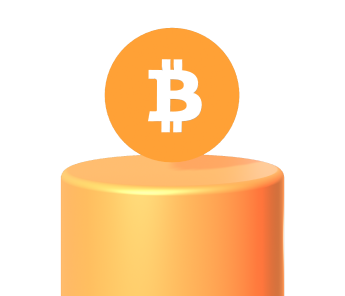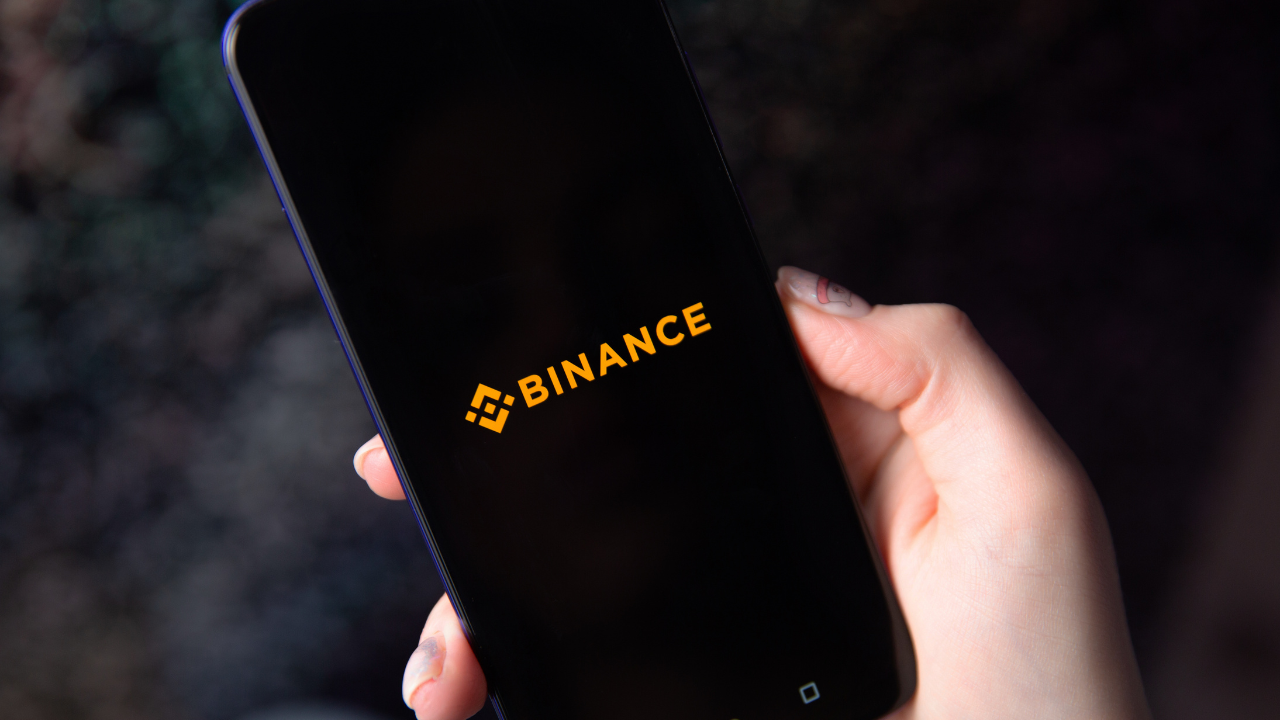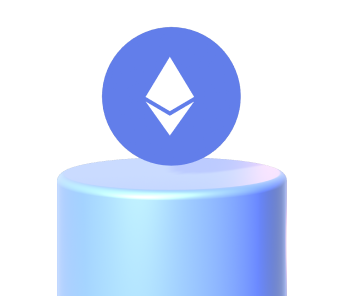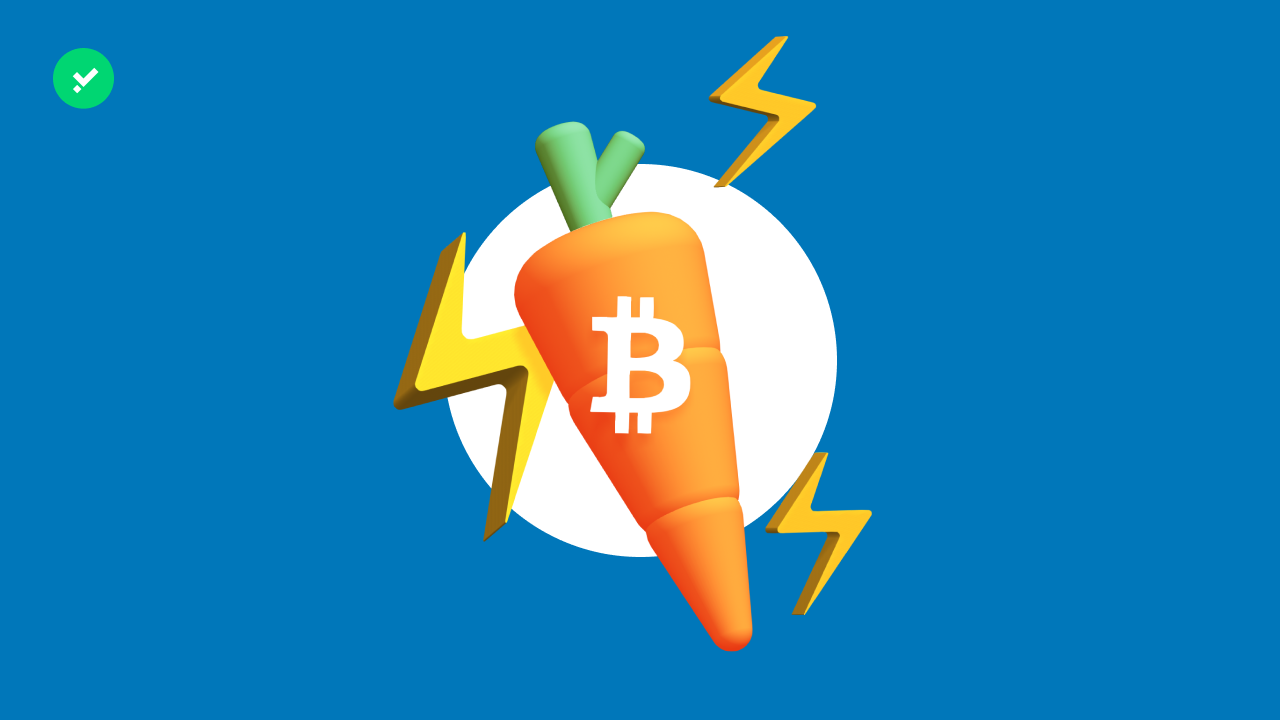At Subway, you can pay with Bitcoin using the Lightning Network, Messi collaborates with the NFT Sorare card game, and Polkadot makes a deal with the SEC!
The collapse of the FTX exchange has destabilised the crypto world, but during this delicate time there is also some positive news. Let’s see what happened with Young Monday! In the Subway restaurant chain, one of the largest restaurant franchises in the world, you can pay in Bitcoin using the Lightning Network. Polkadot on the other hand seems to have convinced the SEC that it is a software and not a security, i.e. a financial instrument. The latest news on this Young Monday is crypto football-themed and it concerns one of the greatest footballers ever: Lionel Messi, who has partnered with Sorare, the Web3’s most popular sports NFT card game.
Can you pay in Bitcoin at Subway?
Subway was one of the first shops in history to accept Bitcoin as a payment method. The owner, Daniel Hinze, is a big supporter of Bitcoin and had already allowed his customers to pay in BTC in 2013 at a store in Moscow. However, payments then were very slow. Customers who paid in Bitcoin at the time complained of waits of dozens of minutes for transactions to be processed. Recently, the situation has changed thanks to the possibility of paying in Bitcoin from Subway via the Lightning Network. The Lightning Network is a Layer 2 of Bitcoin, created in 2016 that is able to process transactions extremely quickly and cheaply. It is now possible to pay in Bitcoin from Subway at three shops in Germany, all located in Berlin.
During the first month since the introduction of the Lightning Network, a record number of Bitcoin transactions were processed: more than 120 within Subway stores. For the occasion, a special offer was proposed: a 50% discount to those paying in BTC at Subway. The new solution implemented by Subway was much appreciated by supporters of the first ever cryptocurrency, who shared pictures of tasty sandwiches on social media with the hashtag #usingBitcoin. Another fast food chain, after McDonald’s thus jumps on the bandwagon, for Bitcoin holders it is starting to become difficult to choose where to eat.
Polkadot gets vocal: I am not a security!
The Web3 Foundation, a foundation set up by Polkadot founder Gavin Wood, which aims to promote and protect the technologies behind the decentralised web, has recently concluded its debate with the SEC on the legal terms with which to refer to DOT: is Polkadot a security or software? Securities are exchangeable assets commonly referred to as financial instruments or securities. Various commissions oversee these assets to ensure their safety and compliance with current regulations. In the United States of America, the commission of reference is the SEC (Security and Exchange Commission). The dialogue between the Web3 Foundation and the SEC began in 2019. During the discussions, the Web3 Foundation stood in for Polkadot, with which it shares the founder, seeking to protect its interests.
The aim of this dialogue was to convince the US regulatory commission that Polkadot is neither a security nor a financial instrument but a software. The back-and-forth, which took the form of a real negotiation, ended a few days ago, exactly three years after it began. The verdict? Polkadot and its DOT crypto are not securities! Relations between the two parties do not end with this verdict but will continue with the aim of trying to define an unambiguous regulation for all blockchains.
After Chiliz, Lionel Messi arrives on Sorare
On Wednesday, the 9th of November 2022, Lionel Messi joined the Sorare team as an official ambassador. “The flea” will find himself in good company in this Web3 team built by Sorare, which includes such big-name sportspeople as tennis player Serena Williams and her ‘real world’ teammate Kilian Mbappè. The Argentinean Paris Saint-Germain player will help Sorare reach even more football fans, and get them onto the number one decentralised (dapp) application for crypto fantasy football. Sorare CEO Nicola Julia said that the collaboration with Lionel Messi represents a turning point for the Web3 platform.
Leo Messi is considered the world’s most powerful active player and is the third most followed sportsman on social networks, after his ‘colleagues’ Cristiano Ronaldo and Neymar Jr. This is not the first collaboration that Lionel Messi has signed with companies in the crypto sector, as in April 2022 he had already signed a partnership with Socios.com, the most important platform for fan tokens built on Chiliz, for USD 20 million. Fan tokens are a daily part of the Argentinean star’s life, with part of the player’s salary from Paris Saint Germain being paid to Messi in $PSG, the French team’s fan token. With Lionel Messi concluding deals with two competitors, will he keep one foot in two shoes (or boots) forever or will he sooner or later choose his favourite crypto team?


















